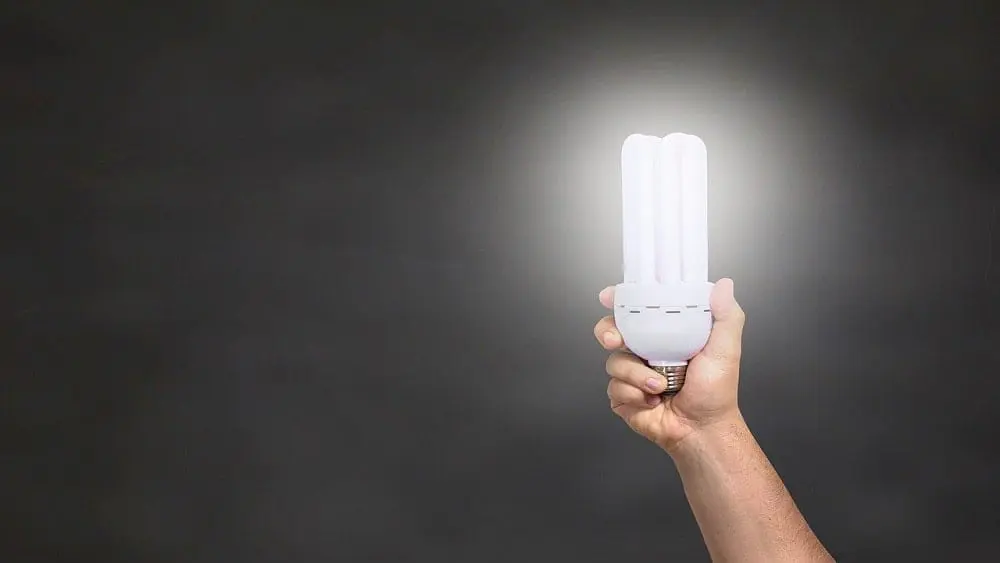
When it comes to home construction and design, energy efficiency is the name of the game. But with so much terminology associated with it, it’s not always easy to know what your contractor, electrician, or air conditioner repairman is talking about.
As a homeowner, it can be hard — and expensive — to make decisions without fully understanding the problem, but knowing just a few simple terms can make all the difference. Here’s a list of seven buzzwords related to energy efficiency that you’re likely to hear often. Get to know them and you’ll never nod confusingly when talk turns to energy efficiency again.
Energy Star Appliances
People toss words like green, energy-efficient, and eco-friendly around like it all means the same thing, but it doesn’t, especially when it comes to one of the biggest energy zappers in your home: your appliances. Unlike other unregulated terms, Energy Star refers to appliances that the Environmental Protection Agency has certified as consuming less energy than standard appliances. Shopping for appliances with this easy-to-spot seal of approval can save you a ton of money in the long run, not to mention the savings you’ll enjoy on your water and energy bills.
Single-, Double-, or Triple-Pane Windows
When it comes to energy-efficient windows, there’s no question that even a single pane window will provide some energy savings (for what it’s worth, the term pane simply refers to the glass). But to make a really substantial dent in your energy usage, double- or triple-pane windows offer significantly better insulation due to an insulating air gap between the pieces of glass. On the downside, they’re more expensive, but the energy savings are huge, with triple-pane windows providing a 50 percent savings over single-pane windows — and an added 20 percent savings over double-pane windows.
Low-E Windows
The term low-e refers to low emissivity, which is really just about how much natural sunlight (and its harmful UV rays) penetrates the glass. A window coated in low-e glass contains microscopic layers of metallic oxides that are nearly invisible to the naked eye but make it better equipped to control the radiant heat as it enters and exits your home. This helps keep your home cooler in the summer and warmer in the winter. Not only does this adjustment save on your energy costs, but it also creates a more comfortable home environment.
Solar Electric Systems
You’ve likely heard of and seen solar panels, but solar electric systems refer to the entire process of converting energy from the sun into electricity to power your home, usually with enormous savings. Depending on where you live, all or most of the electricity in a home can be powered this way. This system relies on rooftop panels filled with groups of photovoltaic cells that do the lion’s share of the conversion work.
Low-Flow Toilets
The bathroom is one room in the home that guzzles a ton of water. Standard toilets alone use 1.6 gallons per flush. A low flush toilet, however, can reduce consumption to just 1.2 gallons. As a result, experts estimate that a low flush toilet can save as much as 2,000 gallons of water per year. Knowing you are helping preserve the planet’s supply of fresh water is a benefit that’s priceless.
R-Value
According to the U.S. Department of Energy, 56 percent of a home’s energy goes towards heating and cooling. When choosing insulation for your walls, roof, and windows, a higher R-value means the home is better equipped to resist heat loss. When it comes to insulation, the specific R-value depends on the type of insulation, its thickness, and its density. The Department of Energy makes recommendations based on regional climates, so R-values can largely depend on where you live. Generally speaking, walls require insulation with an R-value between 13 and 21 and floors between 13 and 30, according to Home Depot.
LEDs
When it comes to energy-efficient lighting, most people know that LED lighting saves energy, but they don’t understand what LED means or how it works. Light-emitting diodes are some of the most energy-efficient lighting technologies available, with Energy-Star LEDs using only 20-25 percent energy of traditional incandescent lighting fixtures and can last anywhere from 15 to 25 times longer. And this doesn’t just mean everyday lights—be sure to pick up LED holiday lights as well! Getting familiar with a few simple energy-efficiency terms can make a huge difference in understanding how your home uses energy — and where the potential savings are.

Ana Connery is former content director of Parenting, Babytalk, Pregnancy Planner and Conceive magazines as well as parenting.com.
While editor in chief of Florida Travel & Life magazine from 2006-2009, she covered the state’s real estate and home design market as well as travel destinations.
She’s held senior editorial positions at some of the country’s most celebrated magazines, including Latina, Fitness and Cooking Light, where she oversaw the brand’s “FitHouse” show home.
Ana’s expertise is frequently sought after for appearances on “The Today Show,” “Good Morning America” and CNN. She has interviewed the country’s top experts in a variety of fields, including U.S. Secretary of Education Arne Duncan and First Lady Michelle Obama.
 The Best Suburbs Surrounding Los Angeles
The Best Suburbs Surrounding Los Angeles